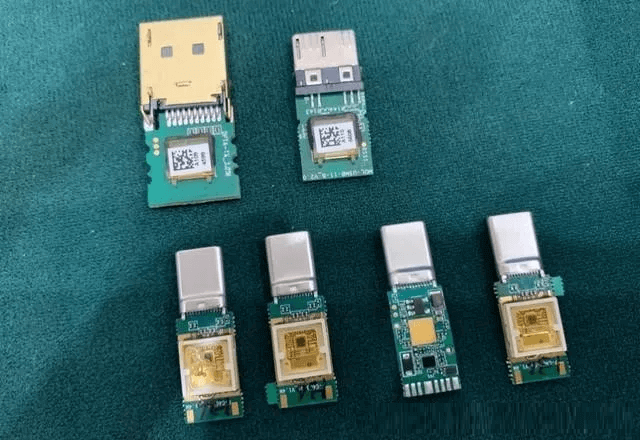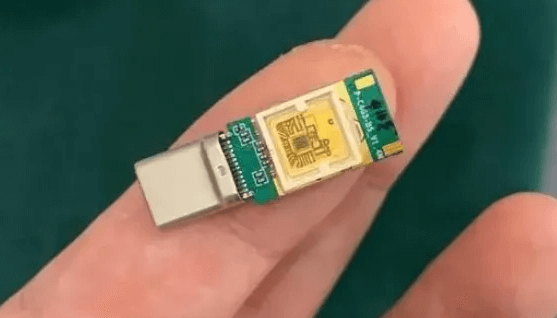According to a report by global research firm Allied Market Research, the estimated international market value for USB transmission cables is expected to reach nearly $70 billion by 2031. The projected compound annual growth rate from 2022 to 2031 is 20.24%. Among USB types, USB-C is experiencing significant growth compared to USB-A and USB-B. Considering market development and user demand, it’s undeniable that USB-C transmission cables are the future choice for charging, data transfer, and connectivity in professional audiovisual and consumer electronic devices.
As the trend toward high-resolution 4K and 8K images continues, along with increasing data file sizes, the need for high-speed transmission remains strong. USB4, which supports bidirectional transfer speeds of up to 40Gbps (doubling the speed of USB 3.2), is poised to shine as the star of tomorrow. However, traditional copper-based passive USB cables face limitations due to impedance and increased loss caused by skin effects. For applications like connecting large-screen projections, gaming, or wearable AR devices, the 0.8-3-meter passive copper USB4 cables fall short. Even active copper cables, while more flexible in length, come at a higher price.

In contrast, USB4 optical fiber cables overcome these limitations. They extend beyond the length restrictions of copper cables and offer a thinner, more lightweight design. USB4 optical fiber cables are cost-effective and provide an optimal solution for consumers.
The “optical-copper fusion” approach has already found mature applications in data centers, where high-speed, long-distance data transmission is critical. The latest USB4 optical fiber cables support up to 240W power output, expand bandwidth from USB 3.2 Gen1’s 5Gbps to USB4 Gen3’s 40Gbps, and deliver 8K (7680 x 4320) at 60Hz with HDR10 support.
FiberMall has developed a complete USB4 optical fiber cable solution. After testing with USB hosts, hubs, and devices, FiberMall’s USB4 AOC has been verified to support full functionality, including data transfer, audio/video, and charging. It is compatible with Thunderbolt and DisplayPort audio signals and backward compatible with all USB 3.2 specifications.

Notably, USB4 AOC breaks the traditional length limitation of USB4 cables. Cables over 2 meters achieve 40Gbps and 8K 60Hz HDR transmission with a smaller diameter. Additionally, these cables are free from harmful substances restricted by the EU PFAS regulations, unlike certain insulating materials used in high-speed coaxial copper cables.
The universal and flexible Type-C interface further enhances user convenience. With the estimated global USB data cable market value reaching $69.9 billion by 2031, and rapid developments in entertainment devices, ultra-high-definition displays, and smart cars, the future of USB4 AOC looks promising.
